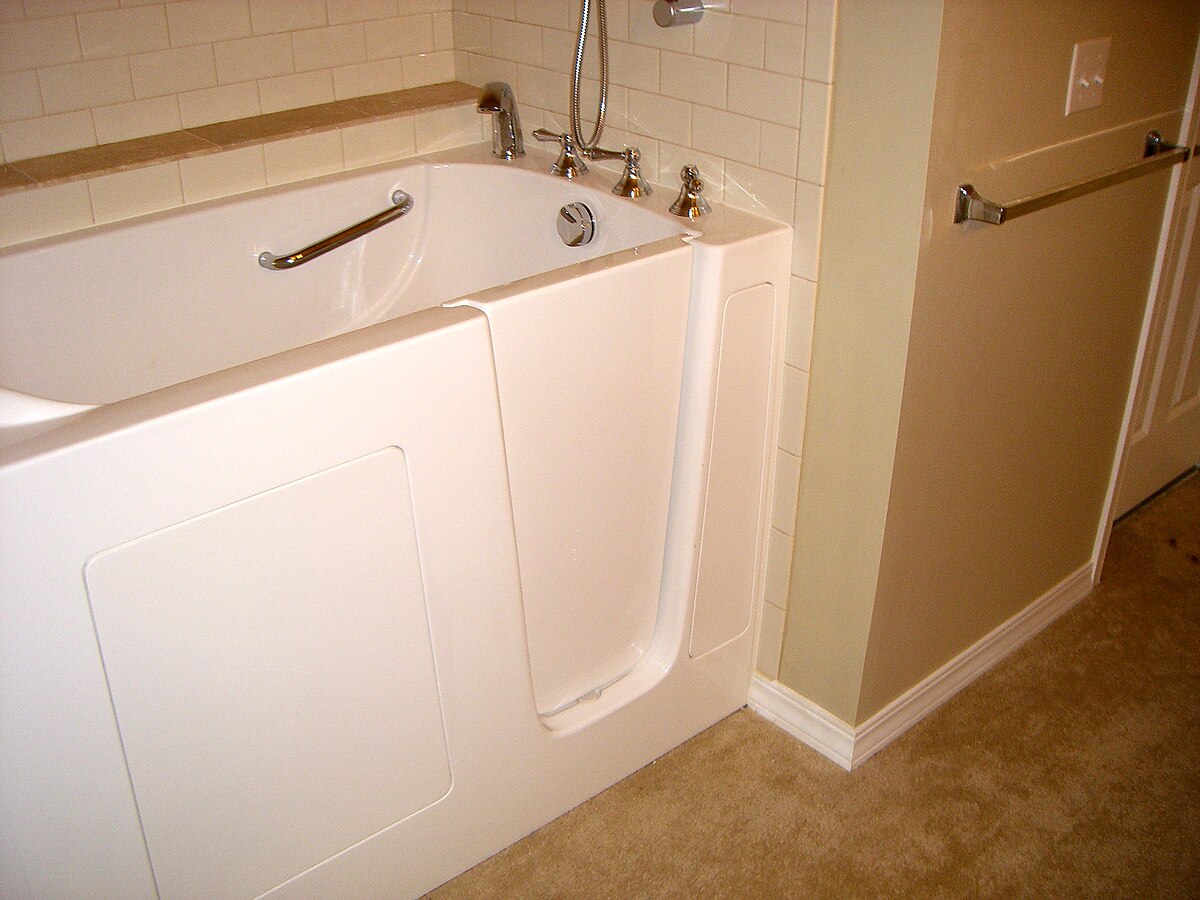Enhance Senior Living: Design an Age-Friendly Bathroom
Discover how to transform your bathroom into a safe haven for seniors aging in place. Our comprehensive guide explores essential modifications, from slip-resistant flooring to smart lighting solutions, that boost accessibility and independence. Learn cost-effective strategies to create a comfortable, secure bathroom environment that adapts to changing needs and enhances quality of life for older adults.
Transforming a standard bathroom into a senior-friendly oasis involves thoughtful design and strategic modifications. Let’s explore the key elements that contribute to a safe, accessible, and comfortable bathroom for older adults.
Essential Features for Enhanced Mobility
Mobility is a primary concern for seniors, and several bathroom features can significantly improve their ability to navigate the space safely:
-
Elevated Toilets: Installing a comfort-height toilet or adding a raised seat can reduce strain when sitting down or standing up.
-
Supportive Grab Bars: Strategically placed grab bars near the toilet, shower, and bathtub provide crucial support for balance and transfers.
-
Ample Lighting: Bright, even illumination reduces fall risks. Consider motion-activated lights or easily accessible switches for convenience.
-
Spacious Entryways: Wider doorways accommodate mobility aids like walkers or wheelchairs, ensuring easy access.
-
Clear Pathways: An open layout with unobstructed routes to key fixtures enhances safety and ease of movement.
Design Elements for Improved Accessibility
The overall bathroom design plays a vital role in creating a senior-friendly space:
-
Open Concept: An open floor plan reduces obstacles and simplifies navigation.
-
Accessible Storage: Lower cabinets and pull-out drawers make items easier to reach without straining.
-
Wall-Mounted Sinks: These provide knee clearance for wheelchair users.
-
Lever-Style Faucets: Easier to operate for those with limited hand dexterity.
-
Color Contrast: Using contrasting colors for floors, walls, and fixtures aids those with vision impairments.
Critical Safety Features
Safety is paramount in senior bathroom design. Consider these essential elements:
-
Walk-In Showers or Tubs: Low or no threshold entries reduce tripping hazards.
-
Non-Slip Surfaces: Textured tiles or specialized coatings minimize slip risks.
-
Emergency Alert Systems: From simple waterproof phones to advanced fall-detection devices.
-
Temperature-Controlled Fixtures: Prevent accidental scalding with preset temperature limits.
-
Rounded Edges: Minimize injury potential on countertops and fixtures.
Cost Considerations and Budgeting
Bathroom modifications can vary widely in cost. Here’s a breakdown of common upgrades:
- Grab Bars: $100-$300
- Raised Toilet Seats: $50-$200
- Walk-in Showers: $3,000-$15,000
- Walk-in Tubs: $5,000-$20,000
- Doorway Widening: $500-$1,000 per door
- Non-slip Flooring: $3-$8 per square foot
Note: These estimates may fluctuate based on location, materials, and labor costs. Always obtain multiple quotes for accurate pricing.
Financial Assistance Options
Several avenues can help offset modification costs:
-
Tax Deductions: Many accessibility upgrades qualify as medical expenses for tax purposes.
-
Grants: Some local agencies offer financial assistance for senior home modifications.
-
Low-Interest Loans: Specialized programs may provide favorable financing for age-in-place renovations.
Investing in Independence
Creating an age-friendly bathroom is more than a renovation—it’s an investment in quality of life. By incorporating these design elements and safety features, you’re fostering an environment that promotes independence, confidence, and well-being for seniors.
Remember, the goal is to create a space that not only meets current needs but can also adapt to future changes. With thoughtful planning and implementation, a senior-friendly bathroom can significantly enhance the aging-in-place experience, allowing older adults to maintain their dignity and independence for years to come.
Before embarking on any renovation project, consult with healthcare providers, occupational therapists, and experienced contractors to ensure the modifications meet the specific needs of the individual. With the right approach, you can transform a standard bathroom into a safe, accessible, and comfortable haven for seniors.







